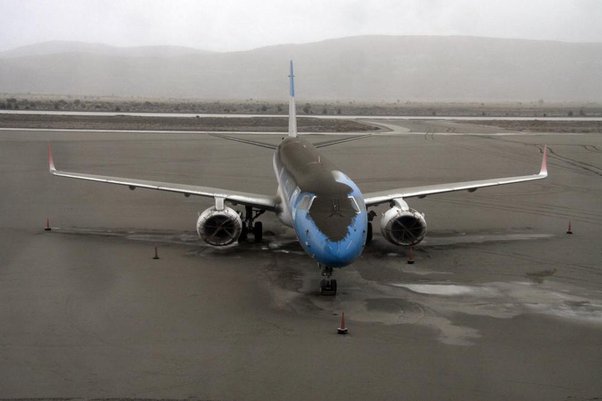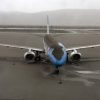On June 24, 1982, British Airways Flight 9, a Boeing 747-236B registered as G-BDXH was on a routine flight from London Heathrow to Auckland, New Zealand, with 248 people on board.
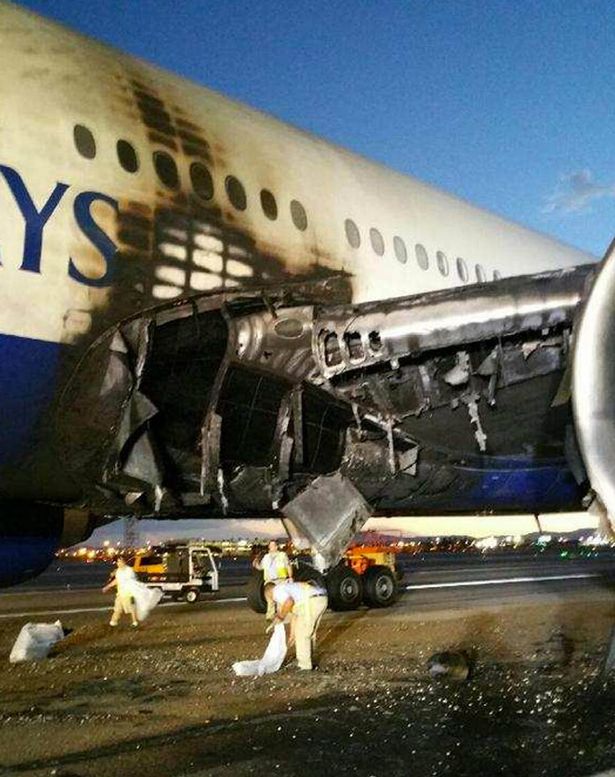
The flight had made several stops along the way, and as it flew over Indonesia, the crew encountered an unforeseen hazard. At 37,000 feet, the aircraft inadvertently flew into a massive cloud of volcanic ash from Mount Galunggung, a volcano located in West Java, Indonesia.
The ash cloud was not visible on radar, and the crew had no warning of the impending danger.
As the aircraft flew through the ash cloud, the engines began to experience problems. The volcanic ash, which was ingested into the engines, caused them to fail one by one.
The crew was alerted to the problem by the failure of the first engine, and they quickly realized that the situation was becoming increasingly serious.
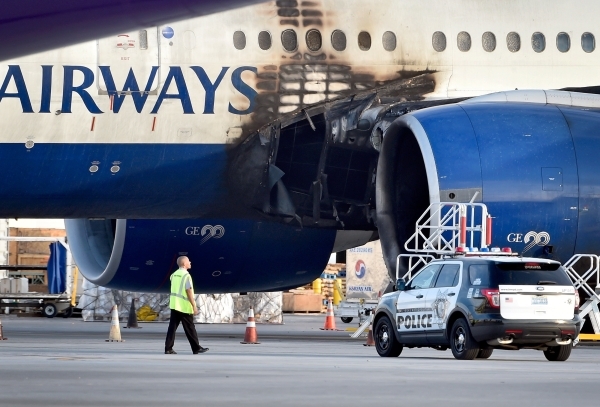
Despite their best efforts to troubleshoot the problem, the second, third, and fourth engines also failed, leaving the aircraft without power. The situation was critical, and the crew had to act quickly to prevent a disaster.
Captain Eric Moody, a seasoned pilot with many years of experience, took charge of the situation. He calmly informed the passengers of the problem, saying, “Ladies and gentlemen, this is your captain speaking. We have a small problem. All four engines have stopped. We are doing our damnedest to get them going again. I trust you are not in too much distress.”
Despite the gravity of the situation, Captain Moody’s calm and composed demeanor helped to reassure the passengers and crew. The crew worked tirelessly to restart the engines, and after a tense and dramatic period, they managed to get one engine running, followed by the others. The aircraft began to climb, and the crew was able to navigate through the ash cloud.
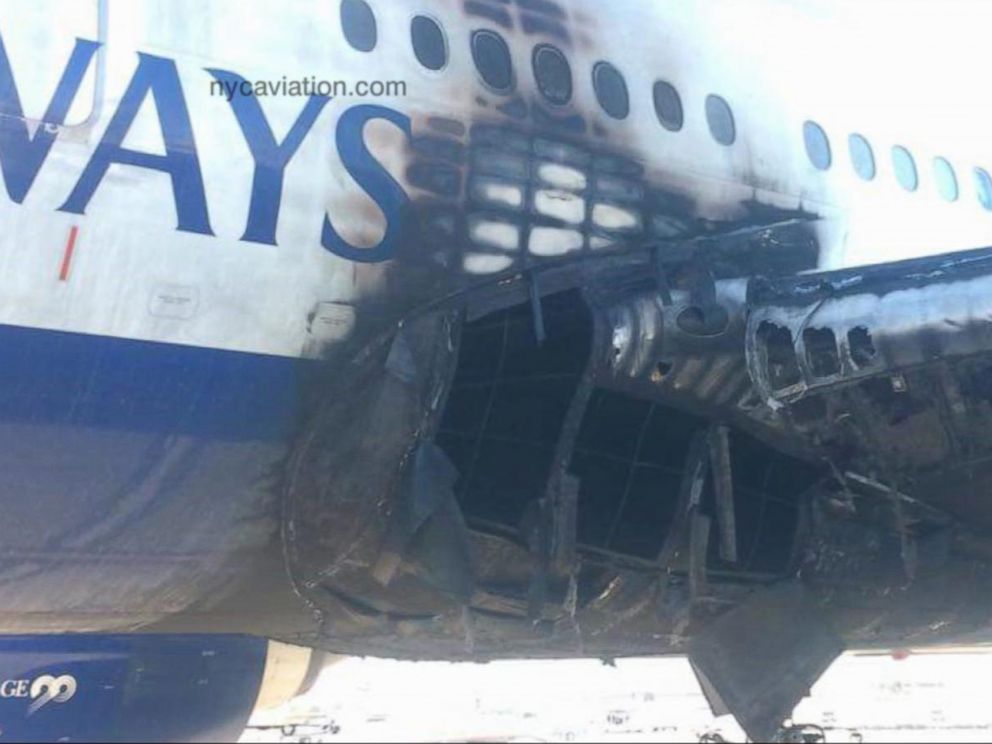
Miraculously, the crew managed to land the aircraft safely in Jakarta, Indonesia, without any major injuries or fatalities.
The incident was a testament to the skill and professionalism of the crew, particularly Captain Moody, who remained calm and in control throughout the crisis. The incident also highlighted the importance of volcanic ash detection and the need for aircraft to avoid flying through ash clouds.
In the aftermath of the incident, the International Civil Aviation Organization (ICAO) and other aviation authorities implemented new guidelines and procedures for detecting and avoiding volcanic ash clouds.
Poet Nazir is a writer and an editor here on ThePoetsHub. Outside this space, he works as a poet, screenwriter, author, relationship adviser and a reader. He is also the founder & lead director of PNSP Studios, a film production firm.

